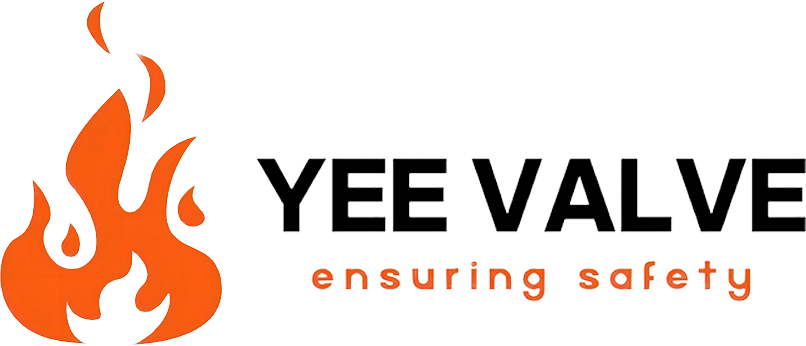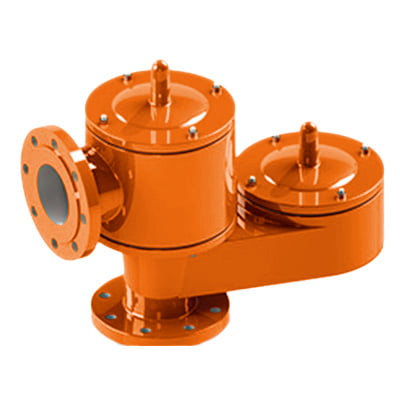Чтобы правильно разместить передышку, выполните следующие действия:
Шаг 1. Определить спецификации танка
- Измерьте диаметр бака и высоту.
- Определите местоположение танка и условия окружающей среды, с которой он будет подвергаться воздействию.
- Соберите лист данных безопасности материала (MSDS) для среды, хранящихся в баке, который включает в себя:
*Media Flash Point
*Медиа -точка кипения
*Скрытая теплота испарения
*Относительная молекулярная масса пара.
Шаг 2. Рассчитайте максимальные скорости потока
Установите максимальную скорость заполнения резервуара (в кубических метрах в час).
Установите максимальную скорость опорожнения резервуара (в кубических метрах в час).
Шаг 3. Установите требования к давлению и вакууме
*Определите установленное внутреннее давление (в MBAR), что клапан должен высвобождать.
*Определите установленное вакуумное давление (в MBAR), которое должен обрабатывать клапан.
*Рассмотрим установленную температуру и укажите, будет ли тип вентиляционного типа трубным или атмосферным.
Шаг 4. Выберите размер клапана
*На основании требуемых скоростей потока и устанавливающих давлений используйте соответствующие вычисления для определения размера клапана. Используйте такие стандарты, как API 2000 или ISO 28300, для точных рекомендаций по размеру. Многие производители предоставляют программное обеспечение для размеров или диаграммы, чтобы помочь в выборе правильного размера клапана.
*The valve size can range from 2" to 12" (50 to 300 mm), depending on the application requirements and flow calculations.
Шаг 5. Материал и дополнительные функции
*Выберите материал клапана на основе совместимости среды и условий окружающей среды. Варианты включают алюминий, пластичный железо, нержавеющая сталь, углеродистая сталь и различные сплавы.
*Рассмотрим дополнительные функции, такие как защитные покрытия, датчики тревоги или специальные конструкции (например, арестователи пламени, спружитые или загруженные весами механизмы) по мере необходимости для конкретных применений.
Шаг 6. Используйте поддержку производителя
Если размер не ясен, многие производители предлагают услугу размеров клапана для обеспечения оптимальной производительности клапана и экономически эффективных технических характеристик. Мы предлагаем услуги по размеру и расчетам, адаптированные к конкретным требованиям клиентов.
Следуя этим этапам, вы можете убедиться, что для вашего приложения будет правильный размер передычного клапана, обеспечивая эффективную защиту от условий чрезмерного давления и вакуума в ваших резервуарах для хранения.


Дыхательный клапан и клапан сброса давления PRV
Мы все знаем, что выбор правильного клапана важен для обеспечения безопасности и эффективности [...]
август
Процедура проверки дыхательного клапана
В системах промышленных резервуаров дыхательный клапан является ключевым компонентом, гарантирующим [...]
август
3 простых шага для быстрого выбора правильного дыхательного клапана
YeeValve — специализированное подразделение THINKTANK, производящее дыхательные клапаны. Мы предлагаем бесплатную консультацию [...]
август
Service & Technical Support
1. Техническая поддержка Yee Valve предлагает экспертные рекомендации по выбору, установке и техническому обслуживанию клапанов. Клиенты [...]
Может
Контрольный список заказа
Когда вы делаете заказ в Yee Valve, вам следует выполнить следующие действия [...]
Может
Как подобрать размер дыхательного клапана?
Чтобы правильно подобрать размер дыхательного клапана, выполните следующие действия: Шаг 1. Определите характеристики резервуара Измерьте [...]
Может